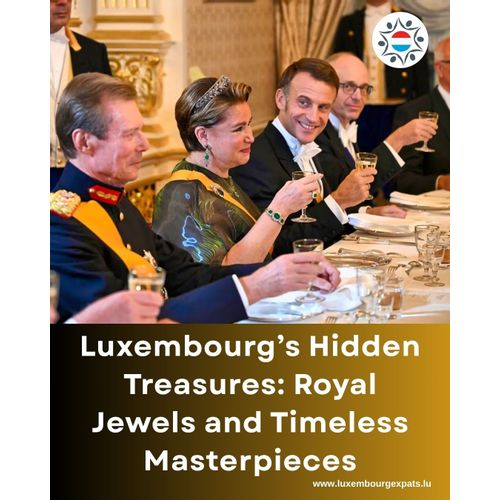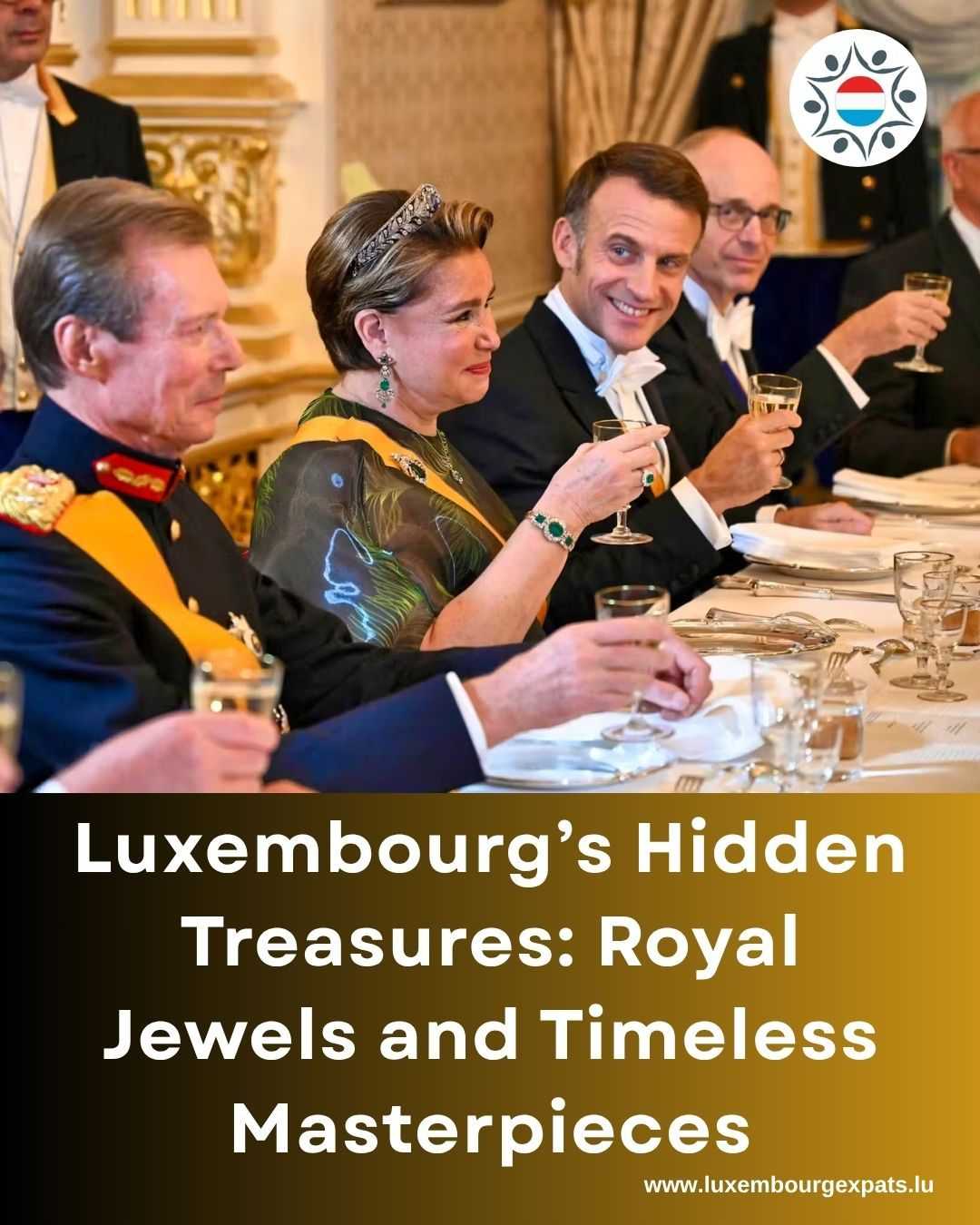Luxembourg’s Priceless Treasures: From Royal Jewels to Masterpieces in Museums
LuxembourgPosted on 22 October 2025 by TeamEvery nation has its treasures — those rare, irreplaceable pieces of history that define its cultural identity. In Luxembourg, the most valuable of these aren’t hidden in vaults beneath museums, but rather shared between two worlds: the Grand Ducal family’s glittering jewels and the country’s national art collections.
The Royal Jewels of Luxembourg
Unlike the stolen crown jewels that made headlines in Paris, Luxembourg’s tiaras and necklaces remain under the watchful care of the Grand Ducal family — and, officially, the State. For security reasons, their exact location is never disclosed. This secrecy became all the more understandable after a jewellery theft at the Grand Ducal Court in 2017, which led to an arrest in Belgium the following year.
These jewels are not merely ornaments; they are pieces of history and national heritage. “You only have to remember the controversy when some of them were nearly sold,” recalls historian Robert L. Philippart.
One of the most famous pieces is the tiara gifted by Grand Duke Jean to Grand Duchess Joséphine-Charlotte — a stunning creation set with 854 diamonds. The jewel was briefly listed for auction in 2005 before the sale was cancelled and the tiara returned to Grand Duchess Maria Teresa, who continues to wear it for major state occasions. Its estimated value at the time ranged between €80,000 and €140,000, though its symbolic worth is far higher.
Artistic Masterpieces Worth Their Weight in Gold
Beyond the palace walls, Luxembourg’s museums hold treasures of their own. The National Museum of History and Art (MNHA) proudly houses an original Picasso, while the Villa Vauban’s Pescatore collection is a gem for art lovers, showcasing European masterpieces and centuries of cultural legacy.
Equally remarkable is the Loschbour Man, one of Luxembourg’s most important archaeological discoveries. Unearthed in the Mullerthal region in 1935, the 8,000-year-old skeleton remains on display at the National Museum of Natural History, offering a rare glimpse into prehistoric life in the region.
Safeguarding the Grand Duchy’s Heritage
While Luxembourg has been spared the kind of high-profile art thefts seen in other European capitals, experts warn that its treasures are just as valuable — and just as vulnerable. “There have been cases elsewhere of stolen works resurfacing years later in private collections or antique markets,” notes Philippart.
Whether it’s a diamond-studded tiara passed down through generations or an ancient skeleton preserved in a museum display, Luxembourg’s treasures are far more than glittering artifacts — they are living pieces of the nation’s identity, quietly reminding the world that even the smallest country can hold immeasurable wealth in history and heritage.
Read More : Les trésors culturels du Luxembourg : la famille grand-ducale en première ligne - L'essentiel
Join the community of your own - #1 home-grown LuxExpats app
SignUp Free : luxembourgexpats.lu
I am your contact
Team
Chat









